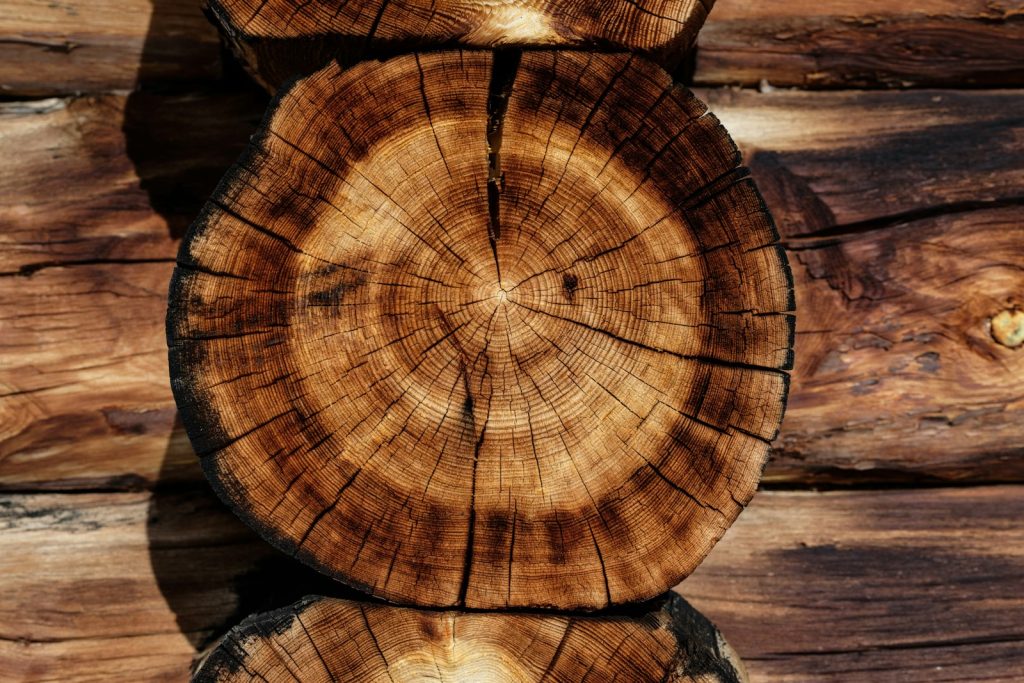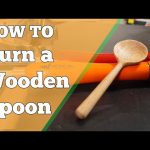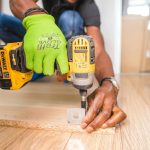A Comprehensive Guide to the Best Woods for Woodturning
Whether you’re just starting out or have years of experience on the lathe, selecting the right wood for your project is key to achieving the best results. Different woods have unique characteristics that can either enhance or challenge your work. In this guide, we’ll dive into some of the best hardwoods, softwoods, and exotic woods for woodturning, helping you choose the perfect material for your next project.
Hardwoods for Turning
1. Maple
- Why It’s Great: Maple is highly regarded for its exceptional stability and fine grain, making it a top choice for many woodturning projects.
- Ideal Uses: Bowls, plates, and decorative items.
- Types to Consider:
- Hard Maple: Extremely durable, making it perfect for functional items like kitchen utensils and furniture parts.
- Bird’s Eye Maple: Prized for its distinctive grain patterns, it’s an excellent choice for decorative pieces.
- Curly Maple: Known for its stunning figure, this type of maple is ideal for showpieces.
2. Cherry
- Why It’s Great: With moderate hardness and a rich reddish-brown color that deepens over time, cherry wood offers a timeless and elegant look.
- Ideal Uses: Small boxes, decorative bowls, and furniture components.
- Note: Cherry is relatively easy to turn and finishes beautifully, making it a favorite for both beginners and experts alike.
3. Oak (Red and White)
- Why It’s Great: Oak is strong, durable, and has a prominent grain that adds character to your projects.
- Ideal Uses: Table legs, architectural elements, and large bowls.
- Note: Oak can be a bit challenging for beginners due to its open-grain structure, which can cause tear-out if not handled carefully.
Softwoods for Learning
1. Pine
- Why It’s Great: Pine is affordable, widely available, and ideal for beginners looking to practice their turning techniques.
- Ideal Uses: Practice pieces, spindle work, and basic shapes.
- Note: Pine can tear out easily because of its softness, making it better suited for learning rather than long-lasting, finished items.
2. Cedar
- Why It’s Great: Naturally resistant to decay and emitting a pleasant aroma while being turned, cedar is both practical and enjoyable to work with.
- Ideal Uses: Small boxes, outdoor projects, and decorative items.
- Note: Cedar is softer than hardwoods, making it a great material for beginners who are still developing their skills.
Exotic Woods for Special Projects
1. Cocobolo
- Why It’s Great: Cocobolo is a dense hardwood known for its vibrant color variations and smooth finish due to its natural oils.
- Ideal Uses: Pen turning, small decorative pieces, and detailed work.
- Note: Cocobolo can cause allergic reactions in some people, so it’s essential to use proper respiratory protection when working with this wood.
2. Purpleheart
- Why It’s Great: This hardwood is famous for its striking purple hue, adding unique flair to your projects.
- Ideal Uses: Decorative bowls, accent pieces, and mixed-wood projects.
- Note: Purpleheart is quite dense, which can make it difficult to turn for beginners, but it yields beautiful results for more experienced woodturners.

Tips for Choosing the Right Wood
- Consider Your Skill Level:
- Beginners: Opt for medium-density hardwoods like cherry or maple that are easier to work with.
- Advanced: Experiment with more exotic woods like Cocobolo or Purpleheart for intricate projects.
- Match the Wood to Your Project:
- For small items like pens or boxes, choose dense, fine-grained woods for smooth finishes.
- For large bowls or structural pieces, select hardwoods with consistent density, such as maple or oak.
- For outdoor projects, use woods that naturally resist the elements, like cedar.
- Balance Cost and Availability:
- Use affordable, widely available woods like pine for practice projects.
- Save more expensive and exotic species for special projects where the wood’s beauty can truly shine.
Safety Considerations
- Always wear proper respiratory protection, especially when working with exotic woods that can release harmful dust.
- Research each type of wood you plan to use—particularly exotics—to avoid any potential allergic reactions.
- Store wood in a cool, dry place to prevent warping or cracking, ensuring it’s in optimal condition when you’re ready to work.
Conclusion
The best wood for woodturning largely depends on your experience level, the nature of your project, and your personal preferences. Starting with easy-to-turn woods like maple or cherry allows you to build confidence and improve your skills while experimenting with more exotic varieties like Cocobolo or Purpleheart can push your craft to the next level.
Remember, woodturning is more than just shaping wood—it’s about learning to appreciate the unique qualities of each species and bringing out its natural beauty. Whether you’re turning a simple bowl or working on a complex decorative piece, choosing the right wood will make your project even more rewarding.
Feel free to embark on your woodturning journey with these tips in mind, and don’t hesitate to explore different woods as your confidence grows!



